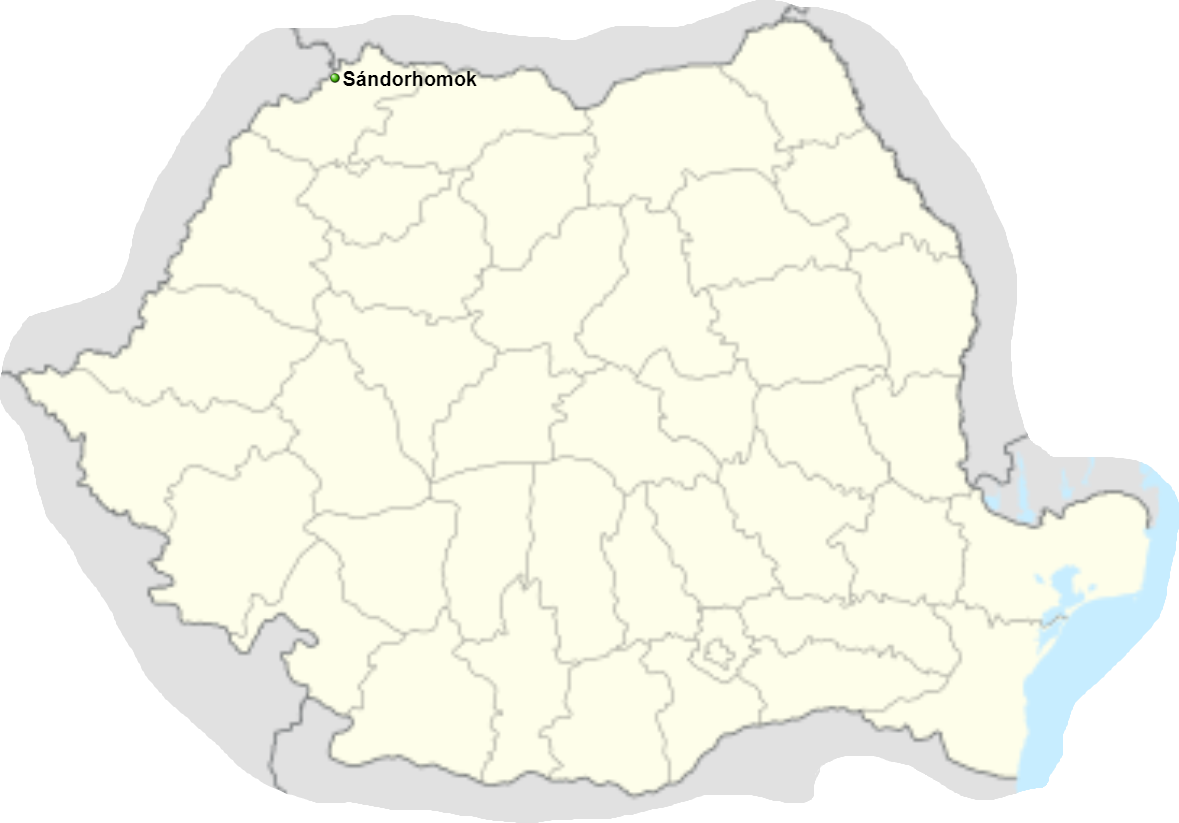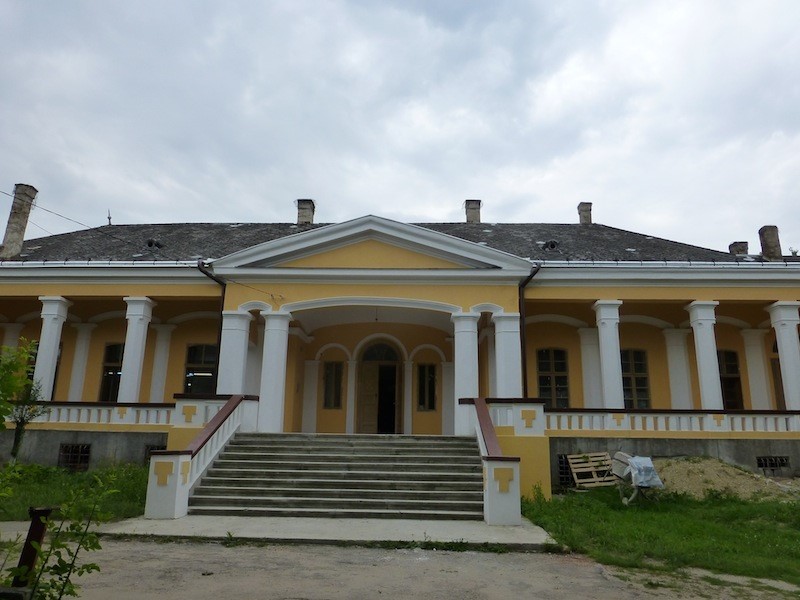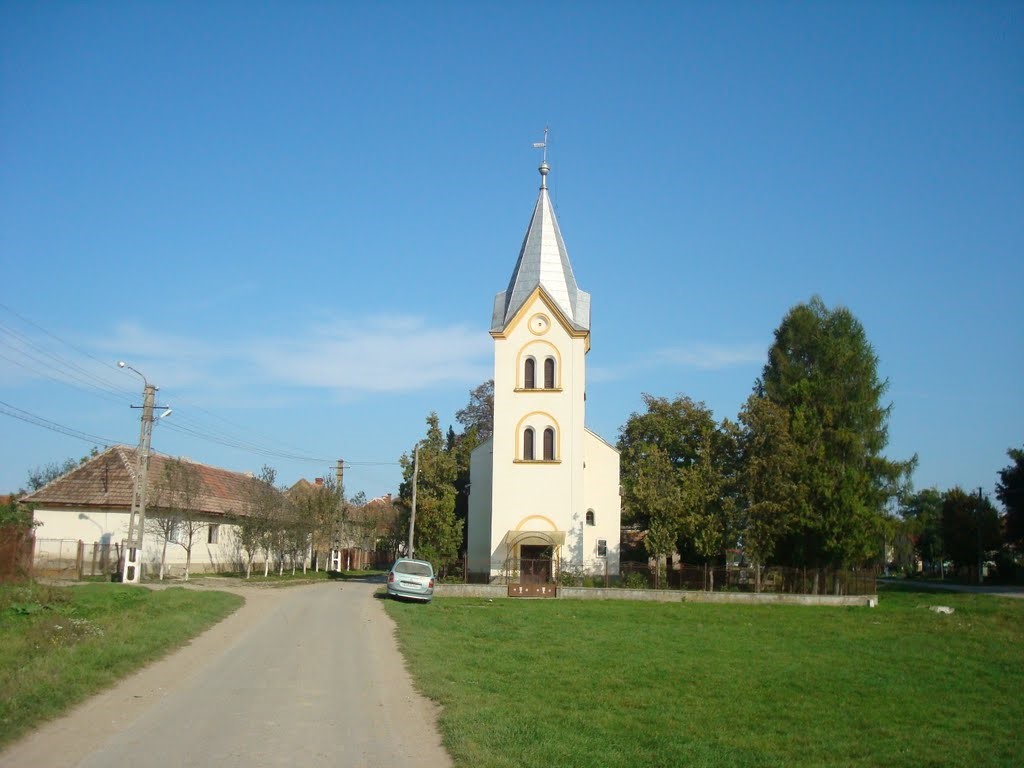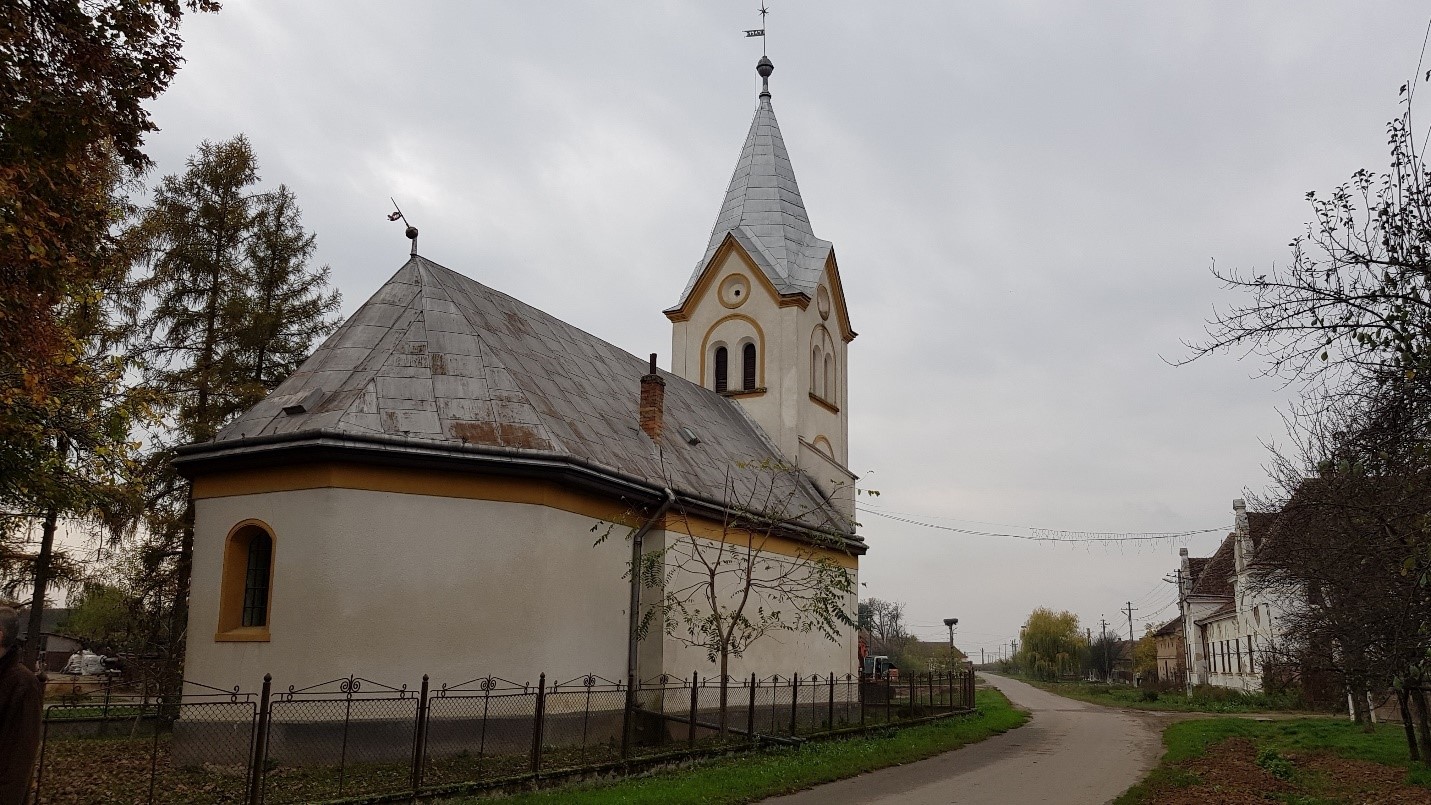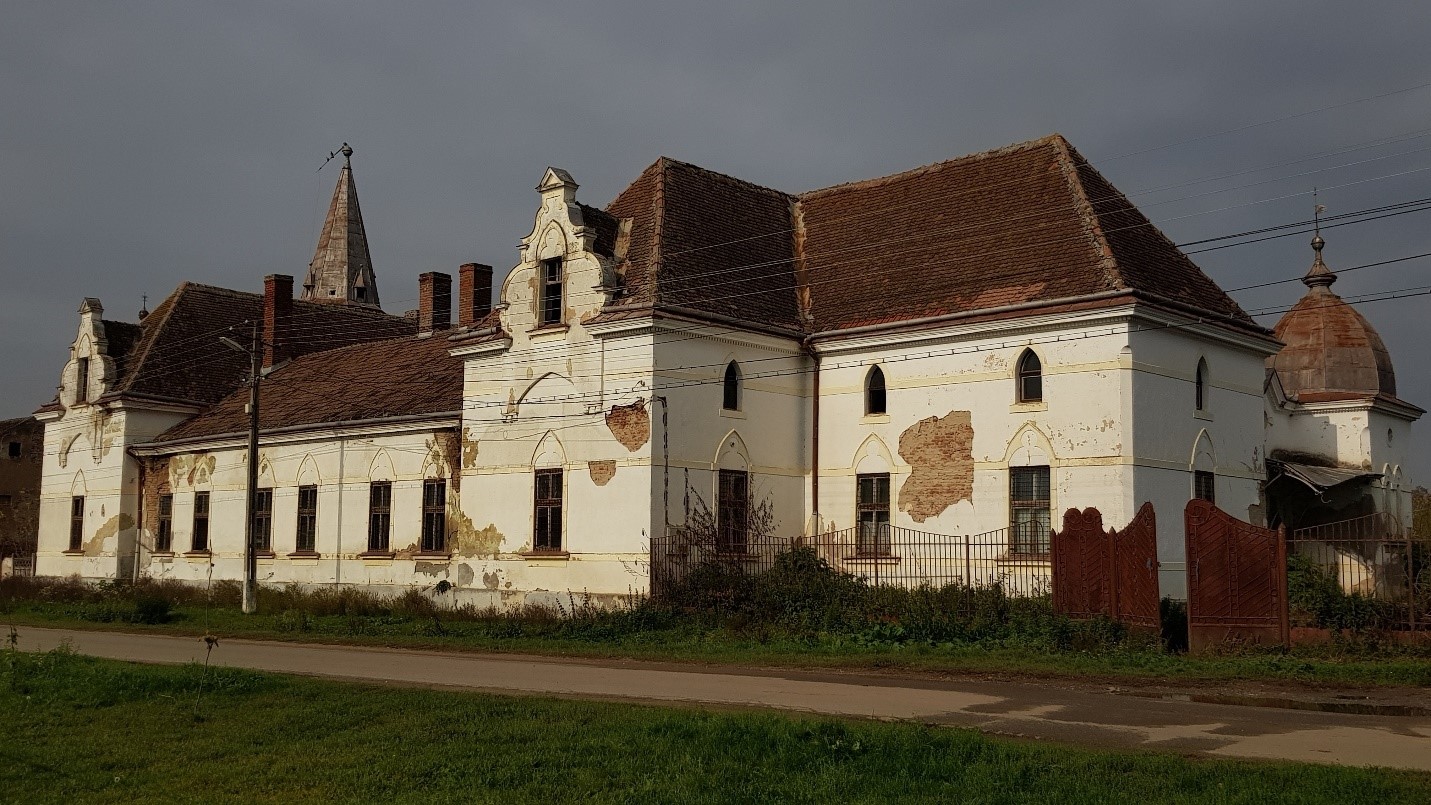Nisipeni village is located in Romania, Satu Mare county.It is a settlement in the northern part of Satu Mare county, north of Satu Mare and west of Micula. The settlement and its surroundings have been inhabited since ancient times.
Stone, bronze and Migration Age artefacts have been found in its surroundings.
His name appears in certificates in the 15th century, and his name was already written as Nisipeni.
At the time, its owners were the Csernavoday, Károlyi, Drágfi and Matuchsinay families, with others receiving smaller parts. In 1493, Elek Csernavoday pledged his own share to Miklós Matucsinay for 400 gold forints. In 1406, a certificate from a border traveler mentions the land of Kisnémeti, which is separated from Nisipeni by the river Nádasd. The village of Nisipeni often changed owners in the 16th century.In 1526 it was the property of the Derecsényi, Tegzes, Ormós and Tárkáni families. In 1640, János Torday and György Anarcsy’s wife, Judit Göd, received a share of it. In 1651 László Csalay, Perényis and Katalin Kállay won a donation for the entire locality.
In 1652, Zsigmond Lónyay, and in 1687, László Károlyi received part of the estate here. In 1717, the village was saved from the Tatar invasion by the surrounding marshes.In the late 1700s, it had several owners: the Járdánházi, Berenczei Kováts, Magyaraldi Boros, Daróczy, Kanizsai, Nagy, Udvarhelyi, Szijártó and Gödényházi Gödeny families, who owned here until the mid-19th century.At the beginning of the 20th century, its biggest owners were Jenő and Sándor Kováts and Sándor Gödény.
